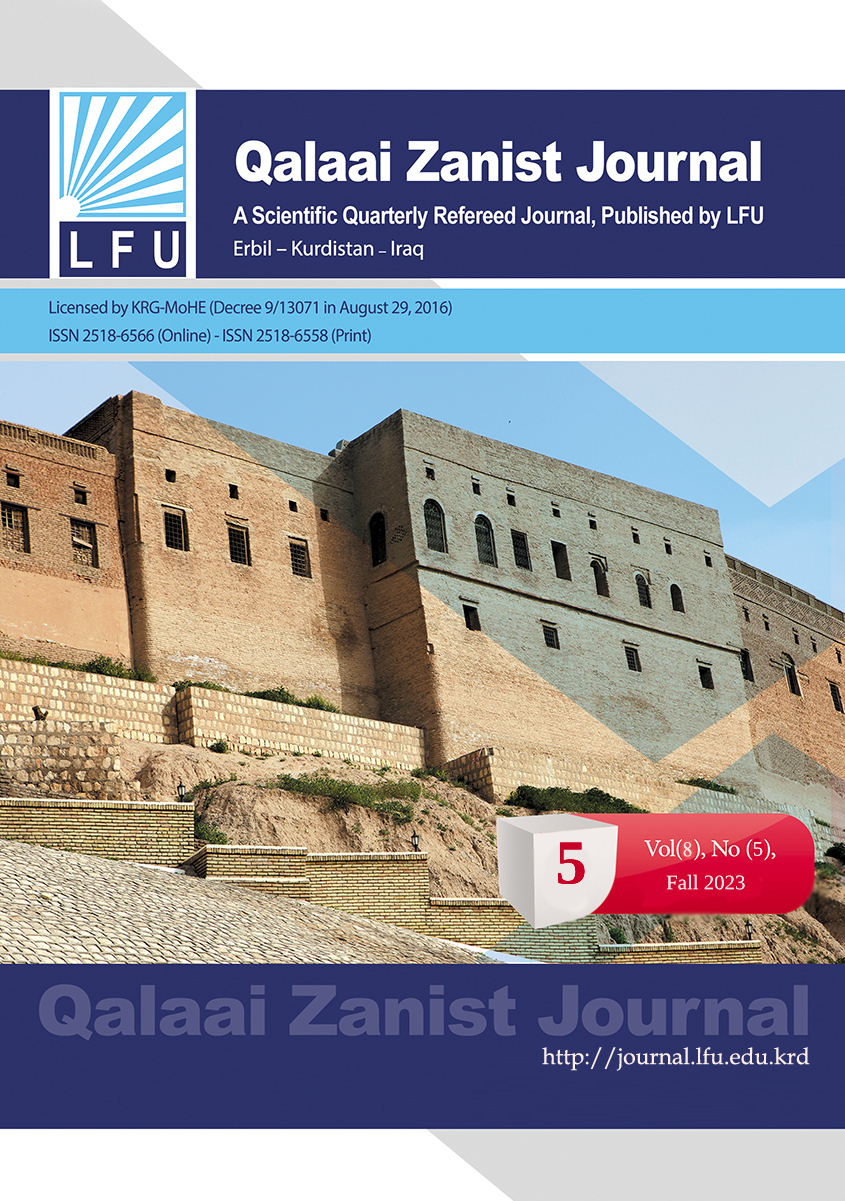E- learning
##plugins.themes.bootstrap3.article.main##
Abstract
This research which entitled (E- learning) aims to delve into the potentials associated with the hidden curriculum in e-learning and compare it with its description with the traditional curriculum and to present the criticism directed at e-learning based on the hidden curriculum and the bases of its evaluation between negative and positive, all of this within the context of the emergence of the revolution in information technology, which is associated with the endorsement of the term carrying its contents have new meanings and have brought about fundamental changes that have effected all the axes all the educational process spawing and giving birth to teaching and assessment curricula and strategies, which at times intersect with traditional education, and at times repeal and distance themselves. And their effects between theorizing and the application can be monitored between the changes brought about by it and the problems it produced. The research is divided into two sections after this introduction and the brief introduction:
The first section presents the main features of both approaches, while the second topic is limited to the frame work of presenting the positive and negative features of them. Presentin the results and arranging the resources is the end of the research.
Downloads
##plugins.themes.bootstrap3.article.details##
How to Cite
Copyright (c) 2024 Shahen Khdir Agha Salim Agha، Sabah Rashid Qadir

This work is licensed under a Creative Commons Attribution 4.0 International License.

